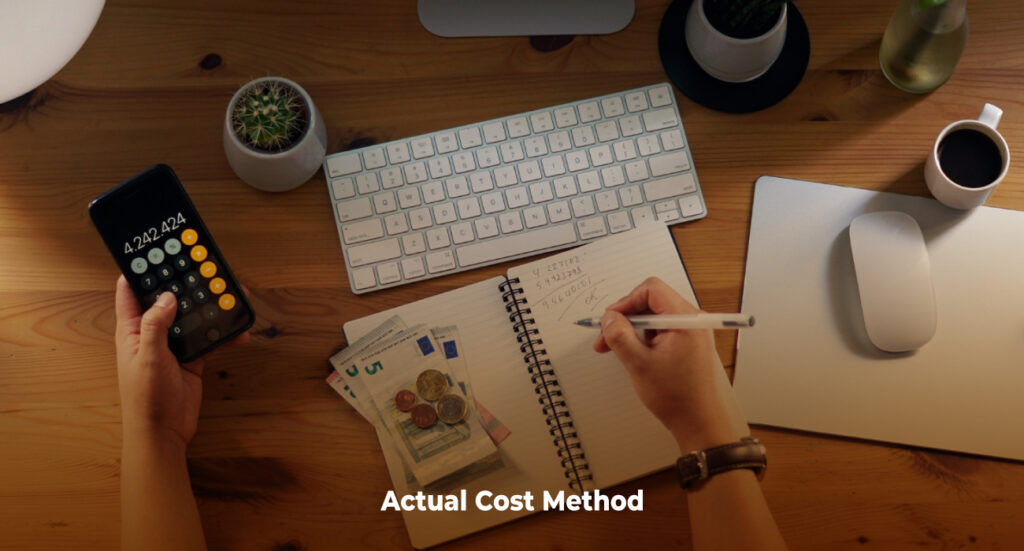A Complete Guide to Claiming Work-From-Home Expenses for 2025
The Australian Taxation Office (ATO) continues to scrutinise work-from-home (WFH) deductions, with particular attention on record-keeping and double-dipping (claiming the same expense twice). Now more than ever, it’s vital to use the correct method, claim only what you’re entitled to, and keep the right evidence.
This 2025 guide explains who can claim, what you can claim, how the fixed rate and actual cost methods work, and the records you must keep—all aligned with current ATO guidance.

Who Can Claim?
You can claim WFH expenses when all of the following apply:
- You’re genuinely performing your employment duties from home (not just occasionally checking emails).
- Working from home causes you to incur additional running costs (for example, higher electricity or internet usage).
- You keep records to show your work use and how you calculated your deduction.
Types of Expenses You Can Claim
The ATO categorizes general household expenses into two main types:
1) Occupancy expenses – Rent, mortgage interest, council rates, land tax and home insurance.
Employees generally cannot claim occupancy expenses just because they work from home. These are usually only available where part of your home is a place of business set aside exclusively for that purpose (which can also create CGT implications when you sell).
2) Running expenses – ongoing costs such as electricity and gas, internet and phone, stationery and computer consumables, and the decline in value (depreciation) of office furniture and equipment. You claim these using either the fixed rate method or the actual cost method (explained below).

Two ways to calculate your home office deduction
You must choose one of the following methods for your home office running costs:
1. Fixed rate method – a single hourly rate for each hour you work from your home office. This covers a bundle of running expenses. You can also add separate claims for decline in value (and repairs) of work-related equipment and office furniture.
2. Actual cost method – this allows you to claim the exact work-related portion of each home office expense you actually incur. You’ll need calculations and documentary evidence to correctly apportion work use versus private use.
Important: If you use the fixed rate method, you cannot also claim separate deductions for the expenses already included in that rate (for example, electricity, internet, phone and stationery). This is the “no double-dipping” rule the ATO closely monitors.
Expenses You Can’t Deduct for a Home Office
There are some things you can’t claim as a deduction, including:
- Coffee, tea, milk, and other everyday household items, even if your employer usually provides them at work.
- Costs related to your children’s education, like equipment you buy (for example, iPads or desks) or subscriptions for online learning.
- Items that your employer provides, such as a laptop or mobile phone.
- Expenses where your employer reimburses you for the cost.

Fixed rate method (employees and home-based businesses)
Fixed rate method – Claiming 70 cents per hour for your home office running costs
Under the fixed rate method for the 2024–25 income year, you can claim 70 cents per hour you work from your home office. This rate is intended to cover a bundle of running expenses, including:
- electricity and gas (lighting, heating, cooling, powering equipment)
- home and mobile internet / data
- mobile and home phone usage
- stationery and computer consumables (such as printer ink, paper)
If you use this fixed rate method, you cannot also claim separate deductions for those same expenses (like your internet or electricity) — that would violate the “no double-dipping” rule the ATO enforces.
What you can still claim in addition
You may claim separately (on top of the fixed rate):
- decline in value (depreciation) of work-related assets such as laptops, monitors, chairs, desks and bookshelves
- repairs and maintenance of that equipment
- software subscriptions and cloud services used for work (not covered by the hourly rate).
If an item costs $300 or less and is mainly for work, employees can generally claim an immediate deduction for its full work-related cost in the year of purchase; otherwise claim decline in value over its effective life. Apportion for any private use.
Records you must keep (fixed rate)
- Hours: a record of the actual hours you worked from home for the entire income year (for example, timesheets, rosters, a contemporaneous diary or spreadsheet). Estimates aren’t enough.
- Expense evidence: at least one record for each type of expense covered by the rate (e.g., one electricity bill and one stationery receipt).
- Assets claimed separately: keep purchase invoices and records showing work-use %.

Actual Cost Method
If you’re claiming work-from-home expenses based on actual costs, you’ll need to keep:
- Records of your working hours: You can either keep a record of the actual hours you worked from home over the entire income year (like a timesheet or spreadsheet) or track a continuous 4-week period that reflects your usual work-from-home pattern (a diary works well for this).
- Proof of additional expenses: Hold onto receipts, bills, and other documents that show the extra running costs you incurred while working from home.
- Evidence of your calculations: Make sure you keep records that explain how you worked out the amount of your deduction. For example, if you’re claiming electricity expenses, you’ll need to calculate the cost per kilowatt-hour for each appliance, piece of equipment, or light you use in your home office. If you use your phone for work, you should highlight work-related calls on your phone bills over a 4-week period to determine your annual usage percentage.

Quick comparison: which method should you use?
- Choose Fixed rate if you:
- want simplicity and have typical WFH costs covered by the hourly rate.
- are comfortable keeping all-year hour records and a sample bill for each included expense.
- Choose Actual cost if you:
- have high work use (e.g., power-hungry equipment or heavy phone/internet use) and reliable data to support it;
- need to claim items not covered by the fixed rate (e.g., cleaning a dedicated work area, specialised software) and you’re prepared to do the calculations.
Tip: You can switch methods from year to year. Just make sure you don’t mix them for the same expense, and you keep method-appropriate records.
What’s Next
Work-from-home and home office claims shouldn’t feel overwhelming. Yet without the right guidance, many taxpayers unintentionally inflate or miscalculate their deductions—something the ATO is watching very closely. At Investax, we’ve built our own smart e-checklist system, designed specifically to guide clients step by step so there’s no room for error in their home office claims. Our existing clients benefit from this process, enjoying peace of mind knowing their claims are accurate, compliant, and optimised.
The tax specialists at Investax Group are here to help you make the most of your legitimate deductions, while staying on the right side of the ATO. Contact us today to discover how our expertise—and our proven systems—can give you confidence in your 2025 tax return.
ATO – Fixed Rate Method
General Advice Warning
The material on this page and on this website has been prepared for general information purposes only and not as specific advice to any particular person. Any advice contained on this page and on this website is General Advice and does not take into account any person’s particular investment objectives, financial situation and particular needs.
Before making an investment decision based on this advice you should consider, with or without the assistance of a securities adviser, whether it is appropriate to your particular investment needs, objectives and financial circumstances. In addition, the examples provided on this page and on this website are for illustrative purposes only.
Although every effort has been made to verify the accuracy of the information contained on this page and on our website, Investax Group, its officers, representatives, employees and agents disclaim all liability [except for any liability which by law cannot be excluded), for any error, inaccuracy in, or omission from the information contained in this website or any loss or damage suffered by any person directly or indirectly through relying on this information.





